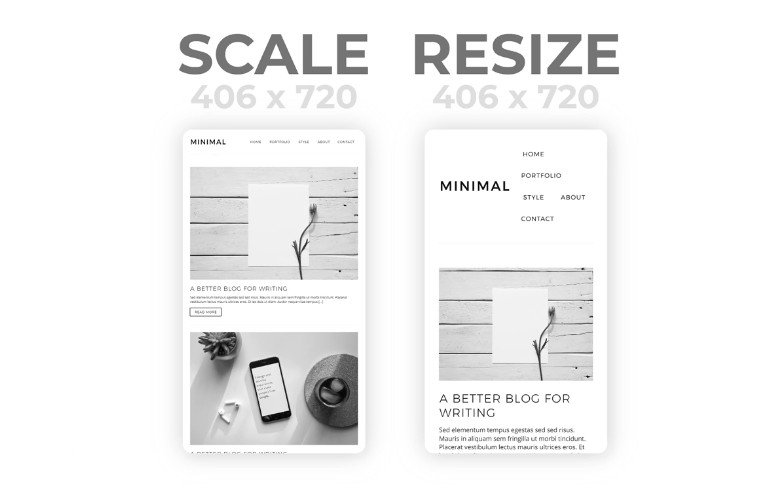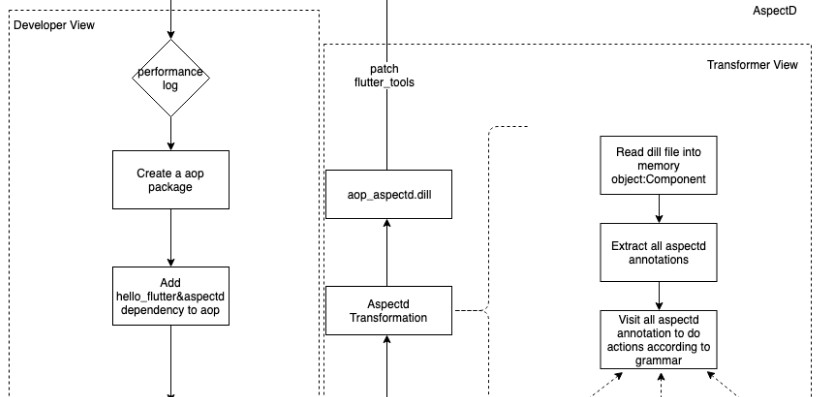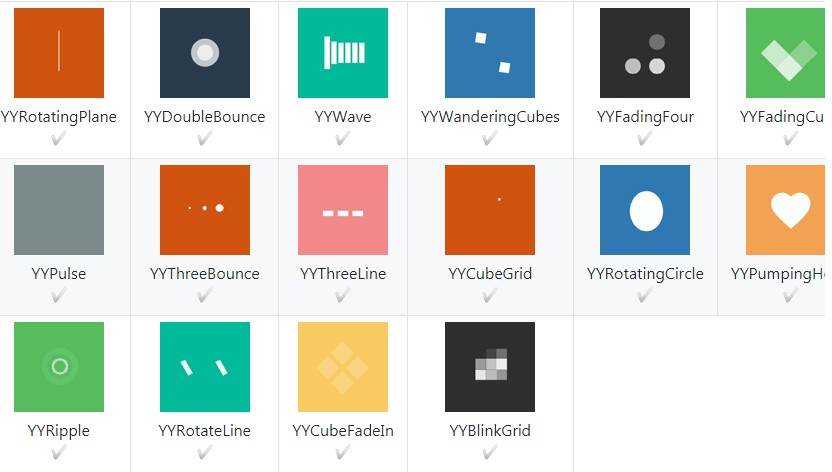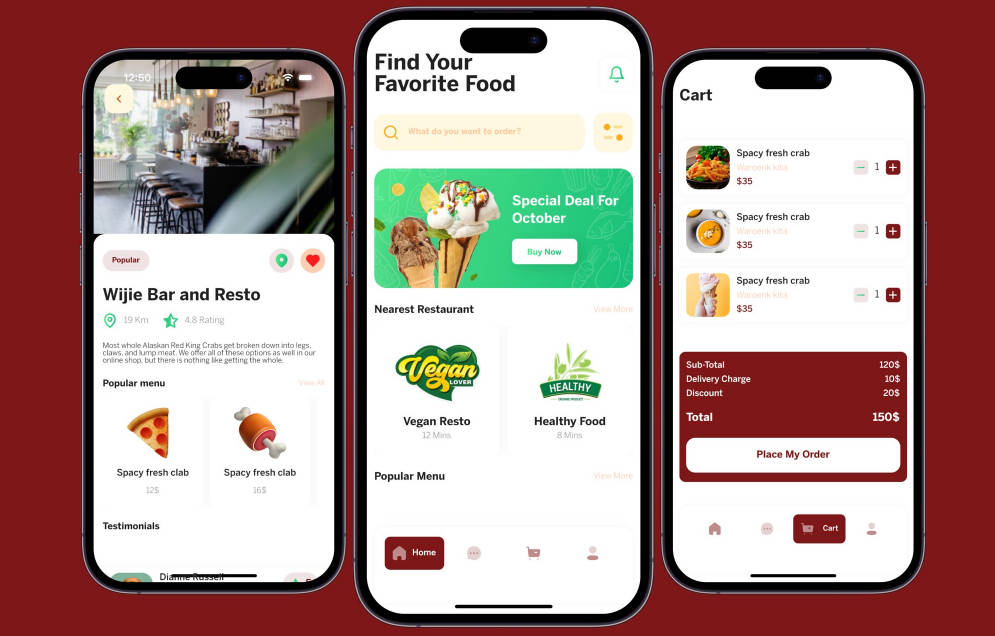ResponsiveFramework
Easily make Flutter apps responsive. Automatically adapt UI to different screen sizes. Responsiveness made simple.
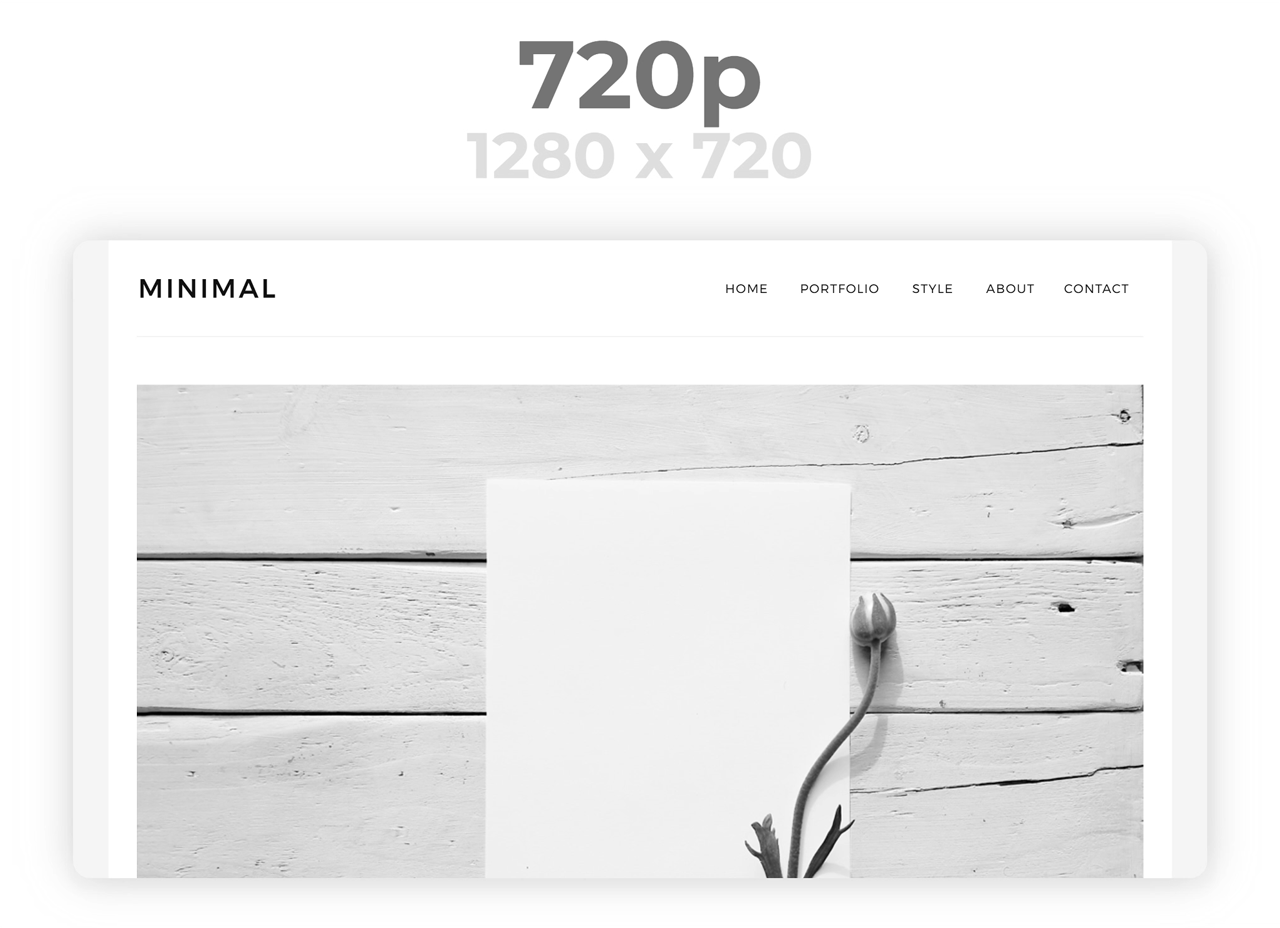
Responsiveness made simple
Responsive Framework adapts your UI to different screen sizes automatically. Create your UI once and have it display pixel perfect on mobile, tablet, and desktop!
The Problem
Supporting multiple display sizes often means recreating the same layout multiple times. Under the traditional Bootstrap approach, building responsive UI is time consuming, frustrating and repetitive. Furthermore, getting everything pixel perfect is near impossible and simple edits take hours.

The Solution
Use Responsive Framework to automatically scale your UI.
ResponsiveBreakpoint.autoScale(600);
Demo
Minimal Website
A demo website built with the Responsive Framework. View Code
Flutter Website
The flutter.dev website recreated in Flutter. View Code
Quick Start
Import this library into your project:
responsive_framework: ^latest_version
Add ResponsiveWrapper.builder to your MaterialApp or CupertinoApp.
class MyApp extends StatelessWidget {
@override
Widget build(BuildContext context) {
return MaterialApp(
builder: (context, widget) => ResponsiveWrapper.builder(
child,
maxWidth: 1200,
minWidth: 480,
defaultScale: true,
breakpoints: [
ResponsiveBreakpoint.resize(480, name: MOBILE),
ResponsiveBreakpoint.autoScale(800, name: TABLET),
ResponsiveBreakpoint.resize(1000, name: DESKTOP),
],
background: Container(color: Color(0xFFF5F5F5))),
initialRoute: "/",
);
}
}
That's it!
AutoScale

AutoScale shrinks and expands your layout proportionally, preserving the exact look of your UI.
This eliminates the need to manually adapt layouts to mobile, tablet, and desktop.
ResponsiveBreakpoint.autoScale(600);
Flutter's default behavior is resize which Responsive Framework respects. AutoScale is off by default and can be enabled at breakpoints by setting autoScale to true.
Breakpoints
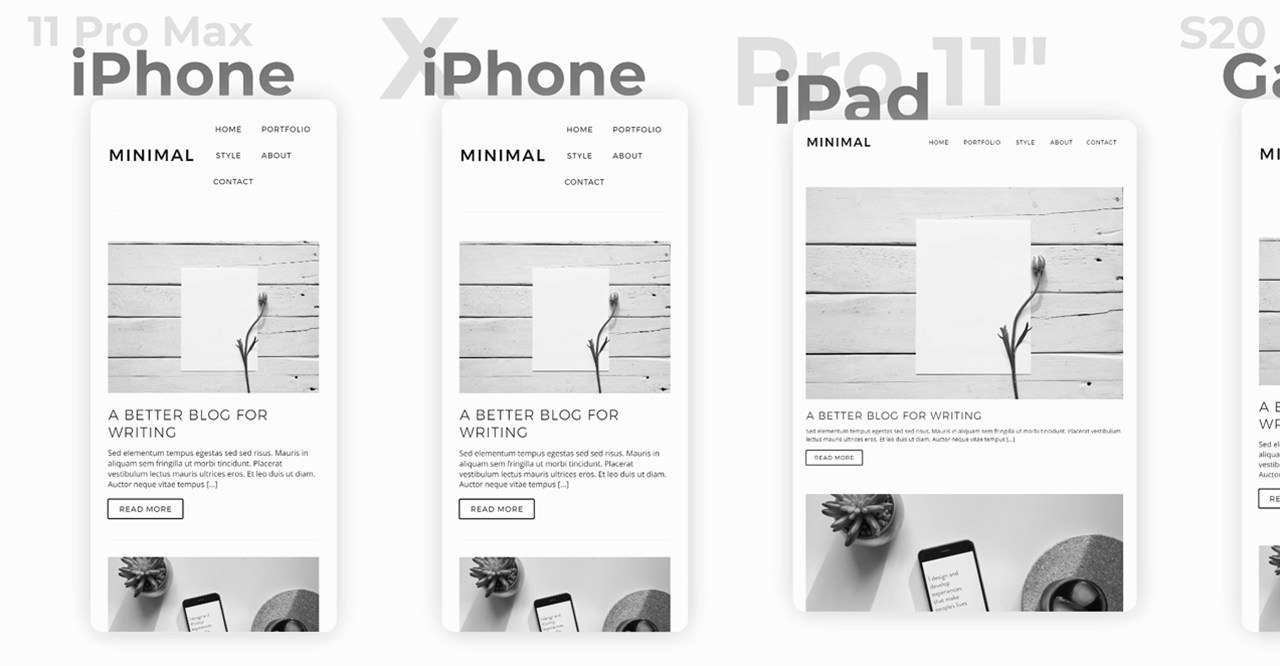
Breakpoints control responsive behavior at different screen sizes.
ResponsiveWrapper(
child,
breakpoints: [
ResponsiveBreakpoint.resize(600, name: MOBILE),
ResponsiveBreakpoint.autoScale(800, name: TABLET),
ResponsiveBreakpoint.autoScale(1200, name: DESKTOP),
],
)
Breakpoints give you fine-grained control over how your UI displays.
Introductory Concepts
These concepts helps you start using the Responsive Framework and build an responsive app quickly.
Scale vs Resize
Flutter's default behavior is to resize your layout when the screen dimensions change. Resizing a layout stretches it in the direction of an unconstrained width or height. Any constrained dimension stays fixed which is why mobile app UIs look tiny on desktop. The following example illustrates the difference between resizing and scaling.

An AppBar widget looks correct on a phone. When viewed on a desktop however, the AppBar is too short and the title looks too small.
Here is what happens under each behavior:
- Resizing (default) - the AppBar's width is double.infinity so it stretches to fill the available width. The Toolbar height is fixed and stays 56dp.
- Scaling - the AppBar's width stretches to fill the available width. The height scales proportionally using an aspect ratio automatically calculated from the nearest
ResponsiveBreakpoint. As the width increases, the height increases proportionally.
When scaled, the AppBar looks correct on desktop, up to a certain size. Once the screen becomes too wide, the AppBar starts to appear too large. This is where breakpoints come in.
Breakpoint Configuration
To adapt to a wide variety of screen sizes, set breakpoints to control responsive behavior.
ResponsiveWrapper(
child,
maxWidth: 1200,
minWidth: 480,
defaultScale: true,
breakpoints: [
ResponsiveBreakpoint.resize(480, name: MOBILE),
ResponsiveBreakpoint.autoScale(800, name: TABLET),
ResponsiveBreakpoint.resize(1000, name: DESKTOP),
ResponsiveBreakpoint.autoScale(2460, name: '4K'),
],
)
An arbitrary number of breakpoints can be set. Resizing/scaling behavior can be mixed and matched.
- below 480: resize on small screens to avoid cramp and overflow errors.
- 480-800: resize on phones for native widget sizes.
- 800-1000: scale on tablets to avoid elements appearing too small.
- 1000+: resize on desktops to use available space.
- 2460+: scale on extra large 4K displays so text is still legible and widgets are not spaced too far apart.
About
Responsive Framework was created out of a desire for a better way to manage responsiveness. The ability to automatically adapt UI to different sizes opens up a world of possibilities. Here at Codelessly, we're building a Flutter app UI and website builder, development tools, and UI templates to increase productivity. If that sounds interesting, you'll want to subscribe to updates below ?
Responsive Framework is licensed under Zero-Clause BSD and released as Emailware. If you like this project or it helped you, please subscribe to updates. Although it is not required, you might miss the goodies we share!
Badges ?
Now you can proudly display the time and headache saved by using Responsive Framework with a supporter's badge.
[](https://github.com/Codelessly/ResponsiveFramework)

<a href="https://github.com/Codelessly/ResponsiveFramework">
<img alt="Built Responsive"
src="https://raw.githubusercontent.com/Codelessly/ResponsiveFramework/master/https://raw.githubusercontent.com/Codelessly/ResponsiveFramework/master/packages/Built%20Responsive%20Badge.png"/>
</a>

<a href="https://github.com/Codelessly/ResponsiveFramework">
<img alt="Built with Responsive Framework"
src="https://raw.githubusercontent.com/Codelessly/ResponsiveFramework/master/https://raw.githubusercontent.com/Codelessly/ResponsiveFramework/master/packages/Built%20with%20Responsive%20Badge.png"/>
</a>
